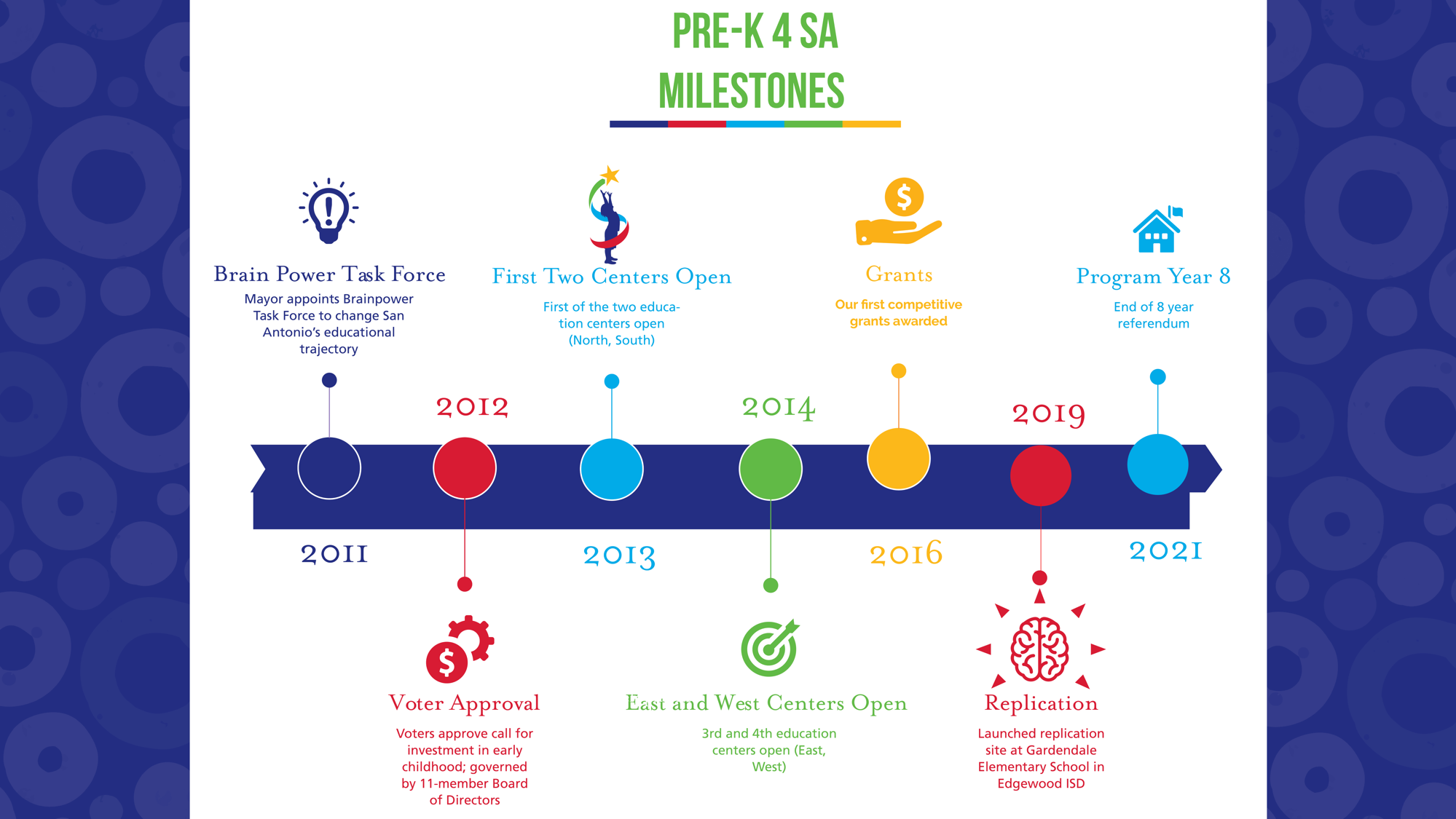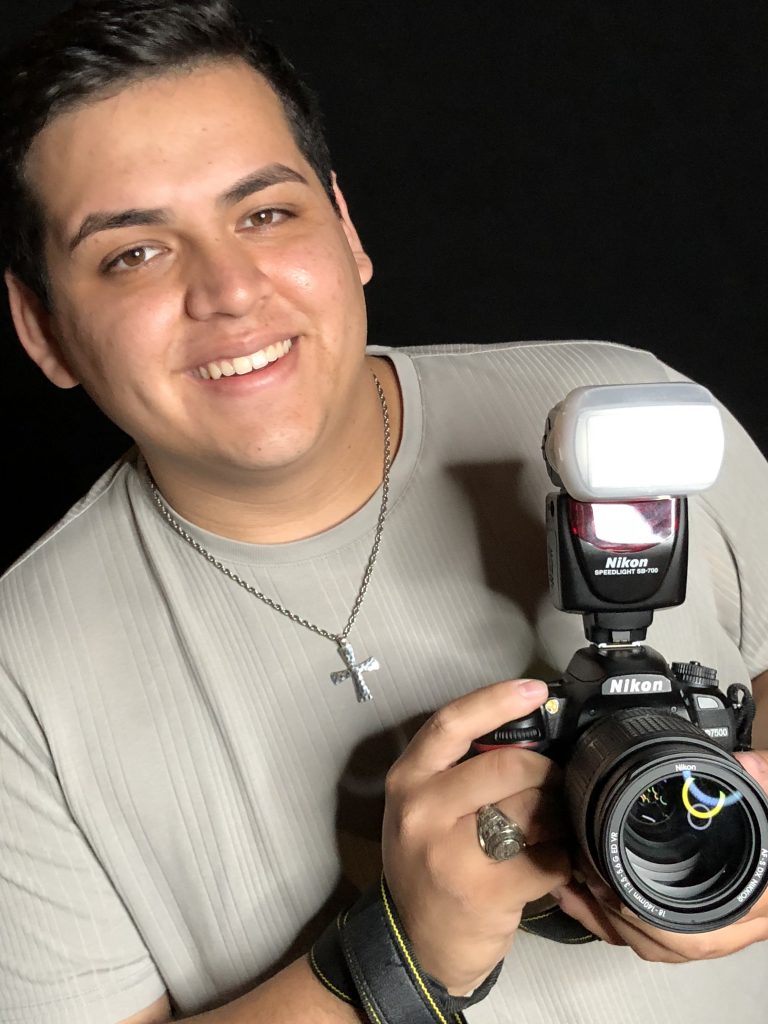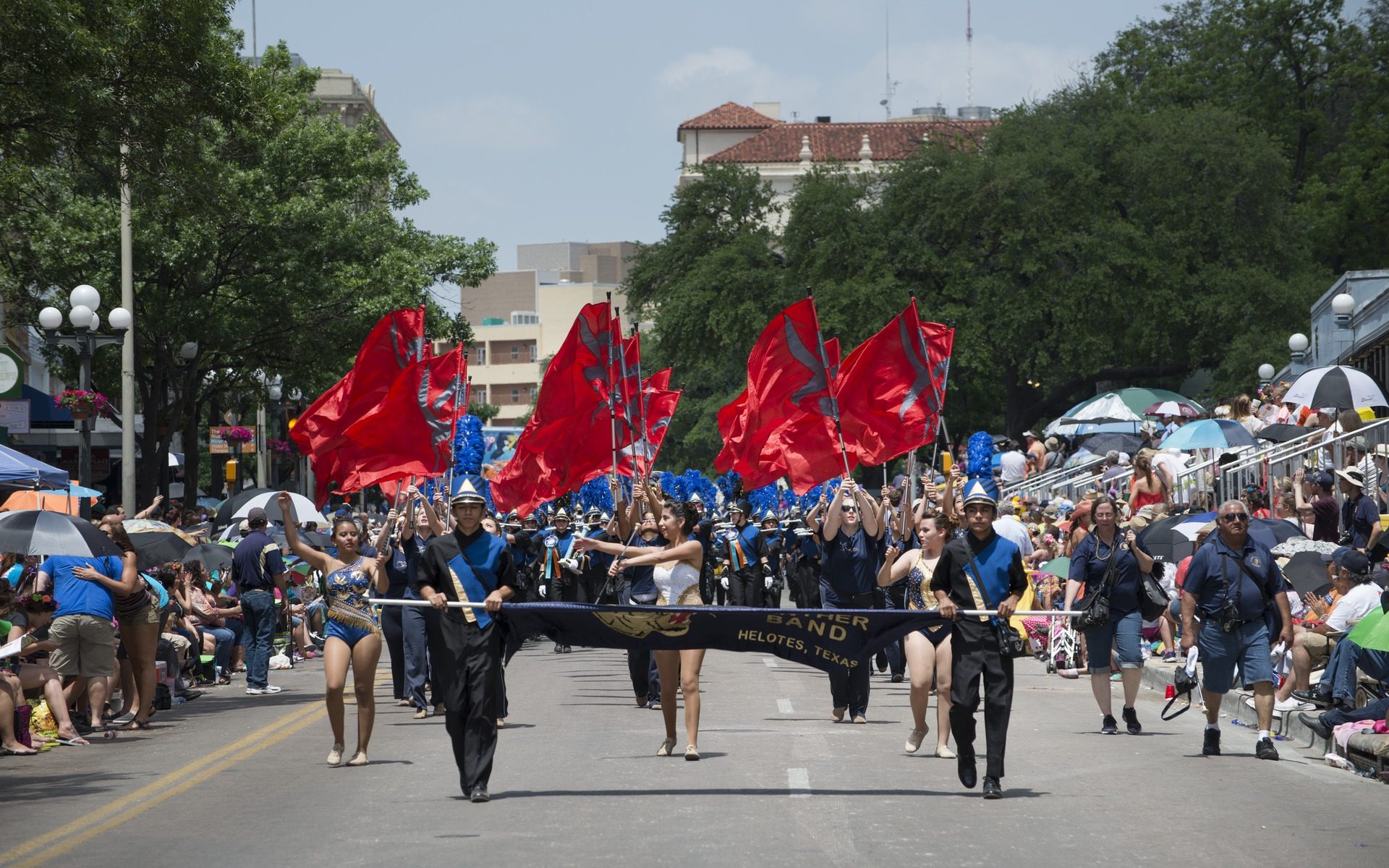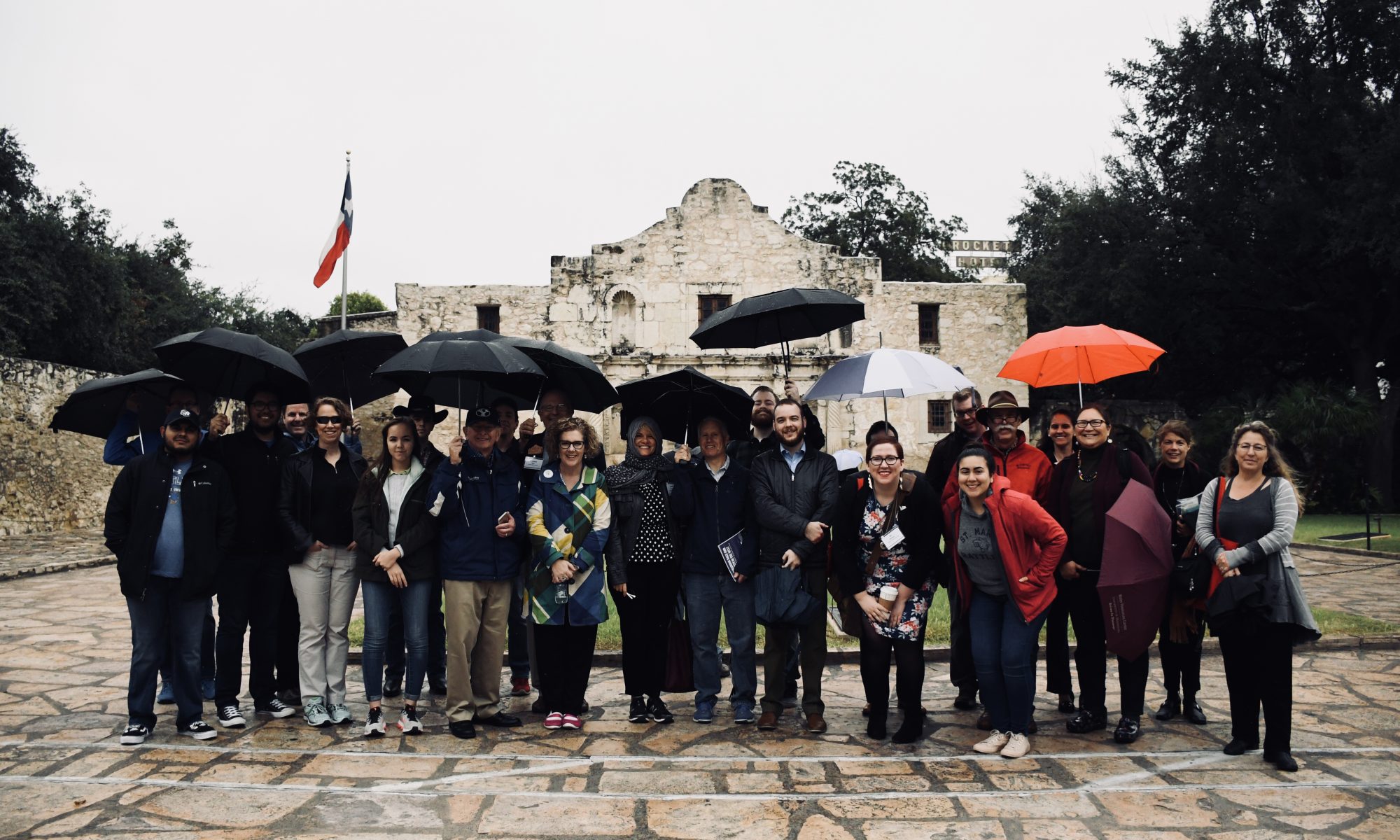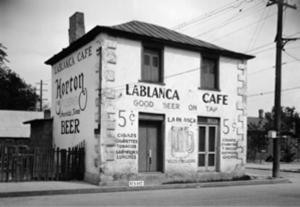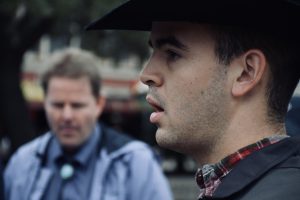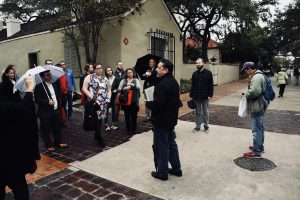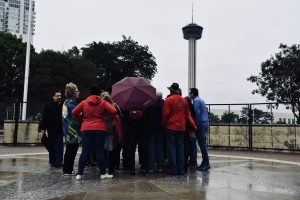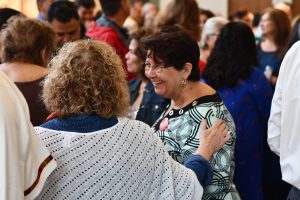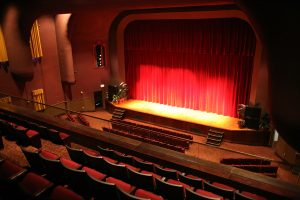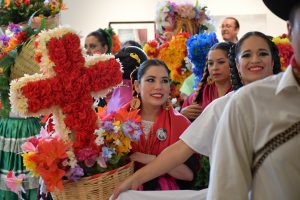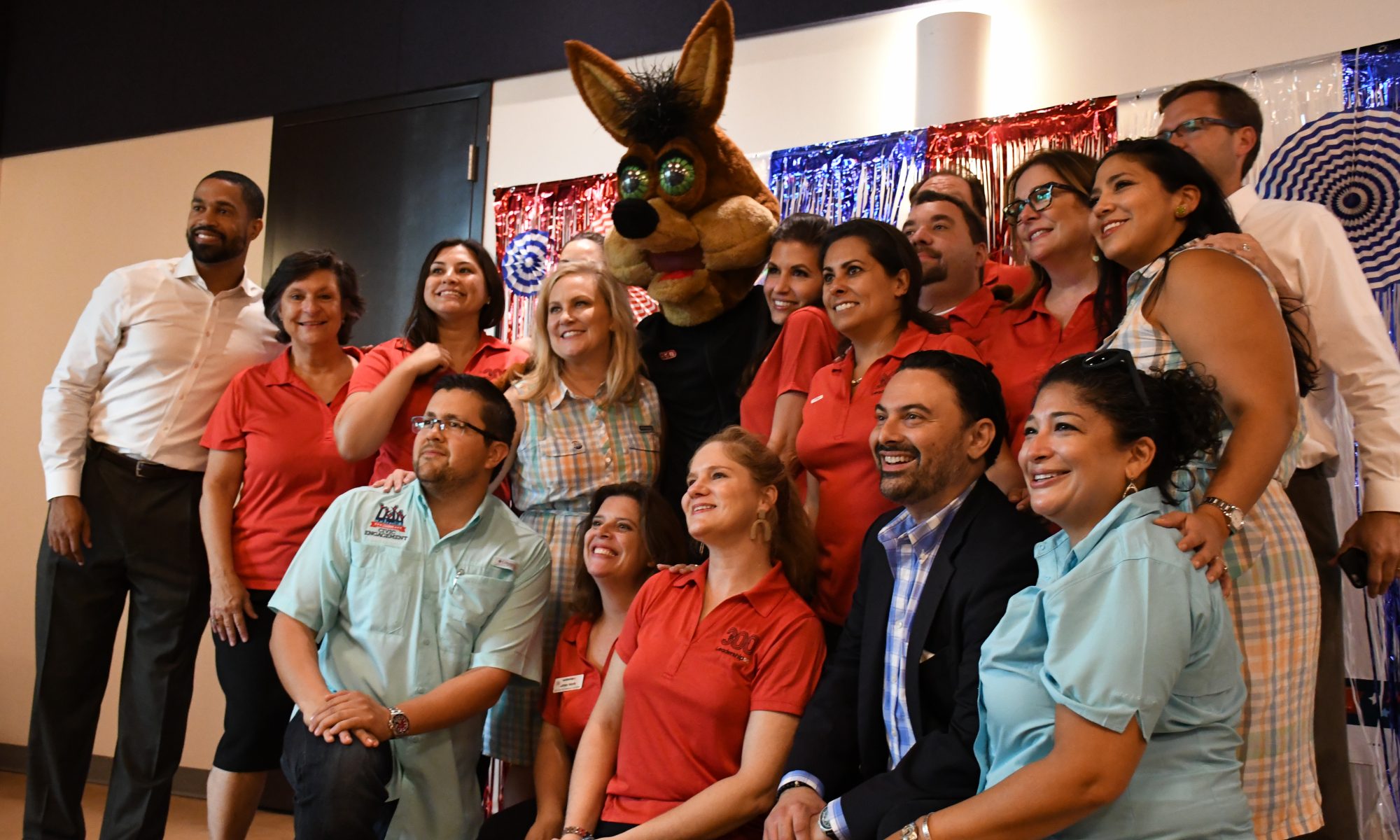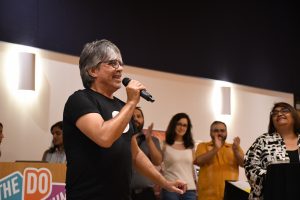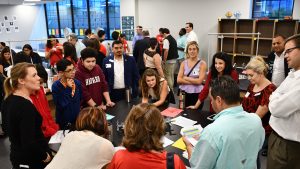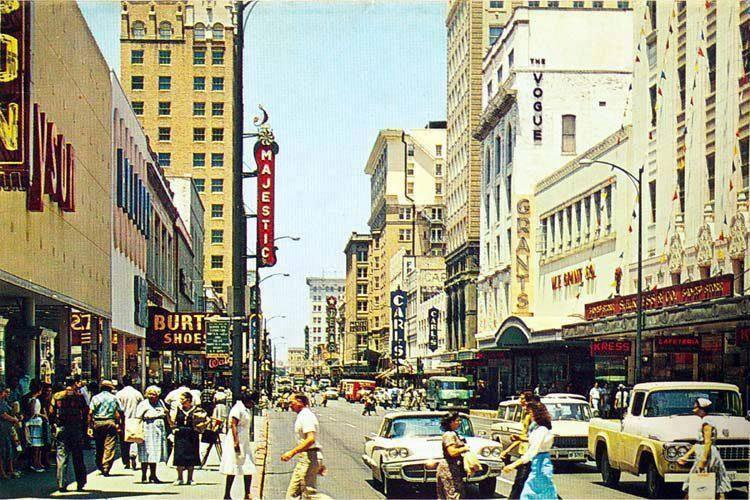
Photo courtesy of Vintage San Antonio Facebook Page
San Antonio recently celebrated its 300-year “birthday.” Birthday is in quotation marks because we know that 300 years ago was not when San Antonio just popped up out of the earth. Three hundred years ago Spain founded San Antonio de Padua on the date that recognizes the saint. Photography has been around a couple of hundred years and has since captured a relatively new style of history. This new style of history is a photo-history.
Occasionally, a reader may come across a new stream of images on their timeline based on a follow or a re-post. That is what happened in this case. Casually scrolling through a Facebook timeline, can bring a user upon a photo of San Antonio from the early 1940s or an image of a Battle of Flowers Parade photo from a few years ago or 20 years ago. The findings are usually unique.
Vintage San Antonio is a Facebook page, created in 2013 that features photos of San Antonio from just about every year range of the historic city’s timeline. A scroller of social media will most likely not come across a portrait of themselves but could see a photo of a loved one from years past. The page is an excellent way for an individual to reminisce over a pastime that has faded in many parts of the city.
The photos included on the page have a broad audience including students, historians, San Antonio natives, those visiting the historic city and a wealth of other page visitors. Depending on the scope of a visit to the page, the audience can broaden further.
The page design is the same as every other Facebook page due to the inability to change the layout or color settings of the page. How the administrator’s post to “Vintage San Antonio – a photo history” is simple and draws users straight to the page through organic impressions. The page is easily accessible and responsive on most internet-accessible devices.
This page is sufficient in its use of digital media. The page operators request photos from the public to be sent in with as much information that can be shared to send along with them. Some images are scanned and shared by the administrators of the page.
Mentioning the administrators of the page led to questioning who the administrators are. Searching through the page did not reveal the page owners ( an update to this post will include the creators once a response to a message sent comes through).
This Facebook page is a page that is frequent for inspiration of photos and ideas for writing topics. Hopefully, readers of this blog post can use this Facebook page for the same inspiration that others have.

Houston St. view 1950’s 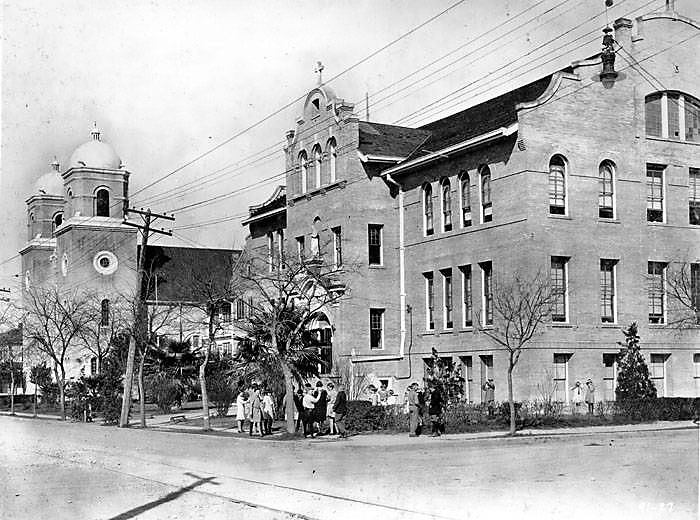
Ca 1927 – St. Gerard’s Catholic grade school, 1619 Iowa St. Photo shows the parochial school at northwest corner of Iowa and S. Gevers. In background (far left) is St. Gerard’s Catholic Church, 1603 Iowa. (UTSA Special Collections) 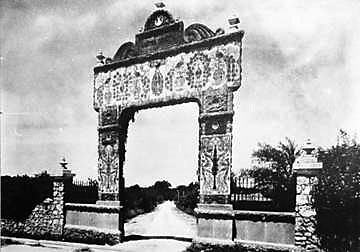
Ca 1925 – Entrance gateway to Dr. Aureliano Urrutia’s villa, Mira Flores, southwest corner of Broadway and Hildebrand.
(UTSA Special Collections)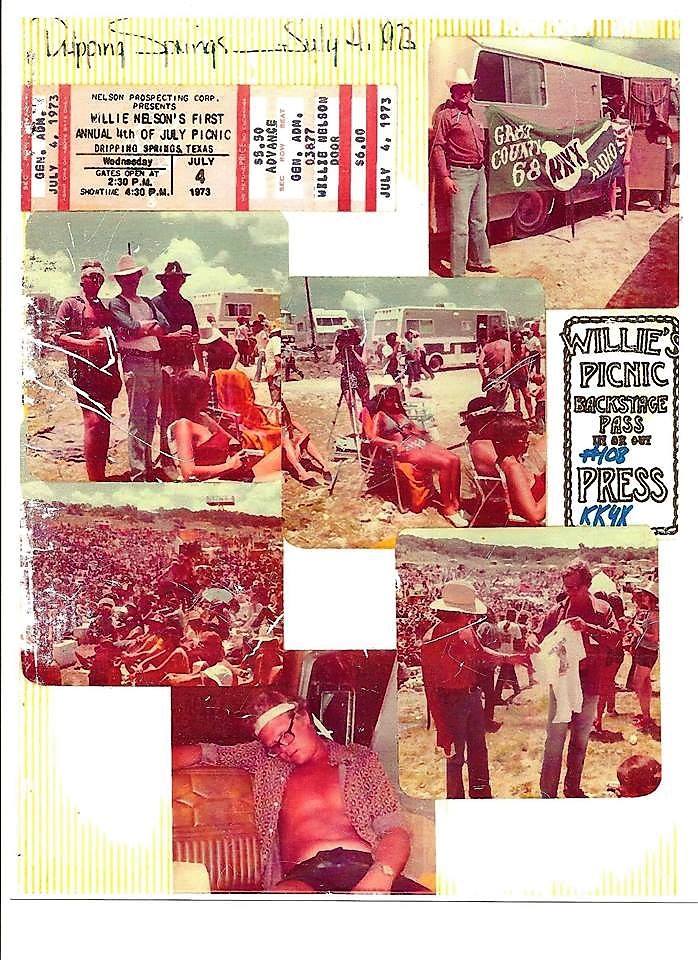
July 4, 1973 – Willie Nelson’s 1st 4th of July Picnic concert in Dripping Springs. I was with the KKYX crew and some other great friends. Damn, that was only 46 years ago. 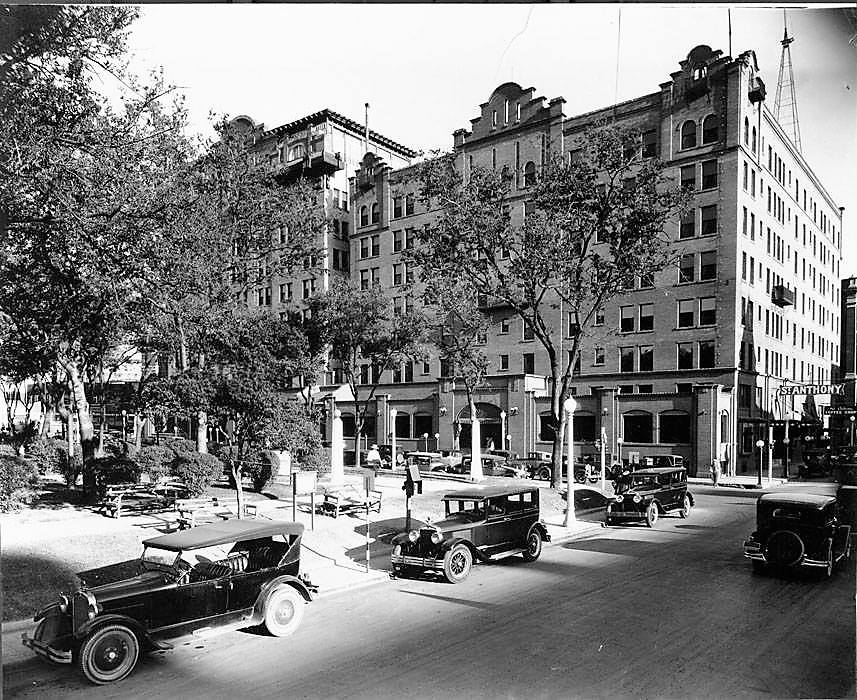
Ca 1920’s – St. Anthony Hotel – Photo shows exterior of hotel, north and west elevations visible. Travis park on left, Navarro St. in foreground. (UTSA Special Collections) 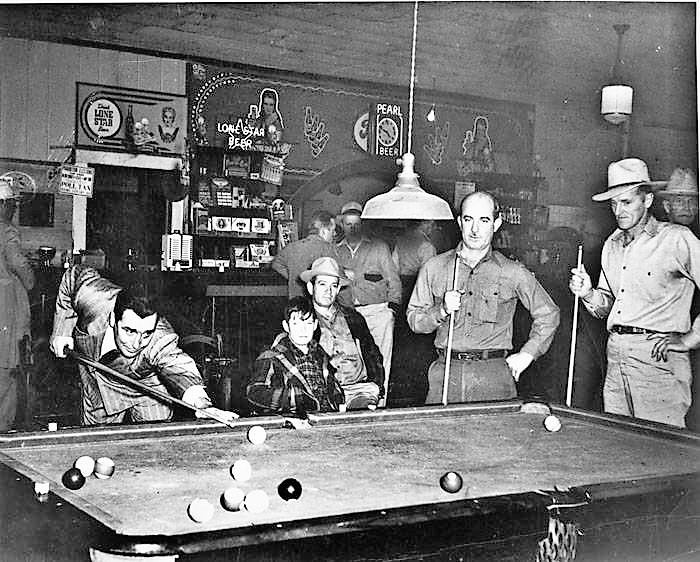
Ca 1941 – Interior of Tip’s Place, 2351 Frio City Rd, San Antonio. Do you think there was any hustling going on here?
(UTSA Special Collections)


